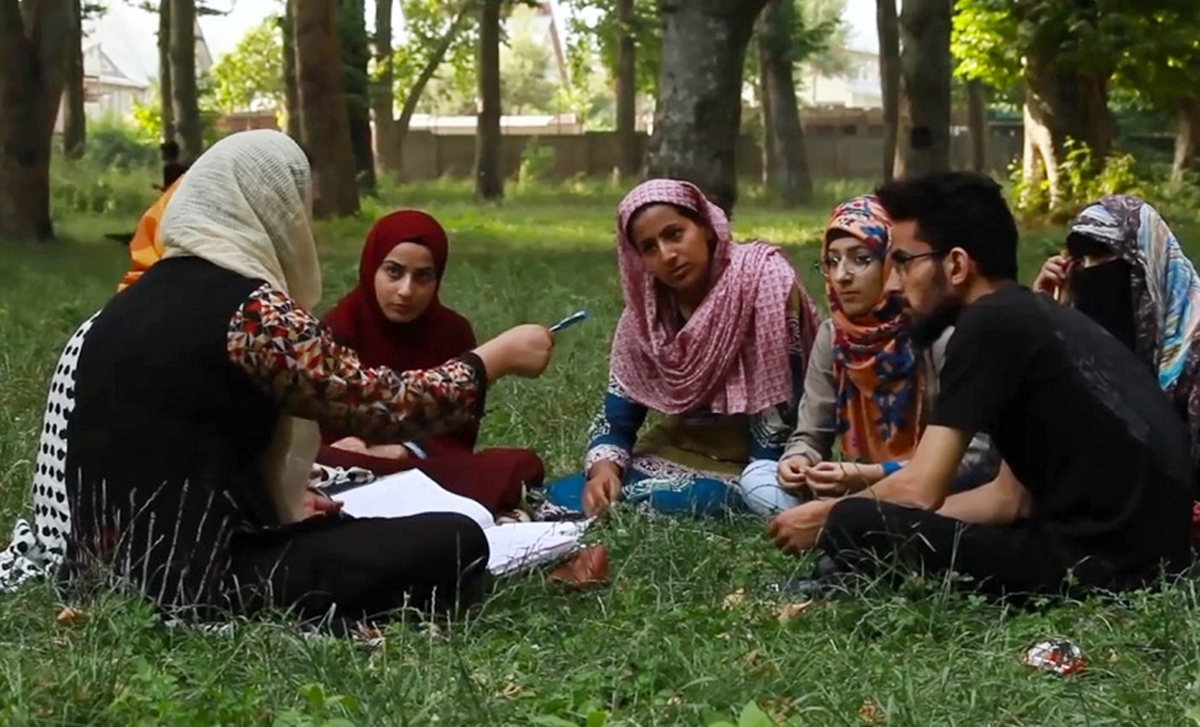Posted by Shardha Rajam In December 2020, a 24-year-old employee of the Tamil Nadu Public Service Commission (‘TNPSC’), India, died…
Login to Read!
This content is restricted to site members. If you are an existing user, please log in below. Or you can can create an account here.

